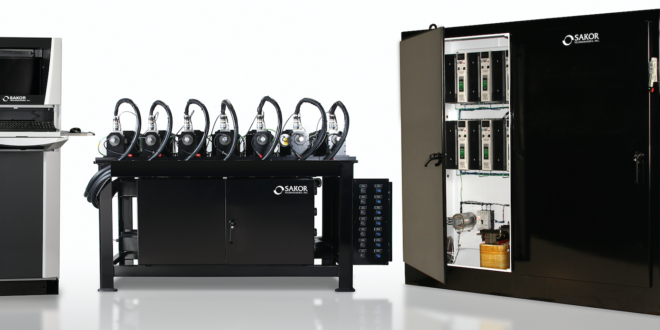Sakor Technologies has supplied a test system to Southwest Research InstituteR (SwRIR) to be used to test the atmospheric flight control system for the Dream ChaserR spacecraft.
Dream Chaser is a lifting-body, reusable, crewed or uncrewed horizontal-landing vehicle. It is owned and operated by Sierra Nevada Corporation (SNC) and is designed as a space utility vehicle for low-Earth orbit.
SwRI, headquartered in San Antonio, Texas, is one of the oldest and largest independent, nonprofit, applied research and development organisations in the United States.
Contracted by SNC to design and build the atmospheric flight control system, SwRI selected Sakor to build a system to exercise Dream Chaser’s new control system and simulate flight from atmospheric interface to landing.
The system characterises overall design performance as well as dynamic response to physical forces typically experienced in standard and extreme flight conditions.
The Dream Chaser spacecraft features seven control surfaces and the SAKOR-designed test system features seven dynamometers, each simulating dynamic loads on a specific control surface.
Sakor’s DynoLABT data acquisition and control system controls the entire test stand, acting as a space craft emulator.
Sending test profiles to the atmospheric flight controller as well as simulating force feedback from each control surface, DynoLAB communicates directly with the atmospheric flight control system via MIL-STD-1553B bus, which is a built-in capability of the DynoLAB system.
“We are extremely proud to have been selected for this project, which is so critical to our nation’s next-generation space capabilities,” said Randal Beattie, president of Sakor. “We are confident that the system will push the design envelope to ensure the atmospheric control system can handle anything it may have thrown at it.”
 Engineer News Network The ultimate online news and information resource for today’s engineer
Engineer News Network The ultimate online news and information resource for today’s engineer






